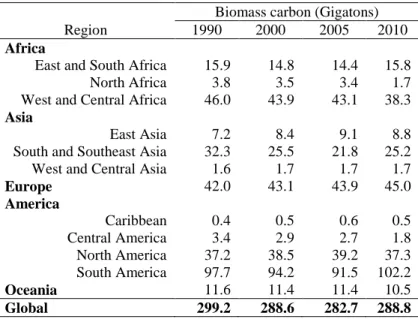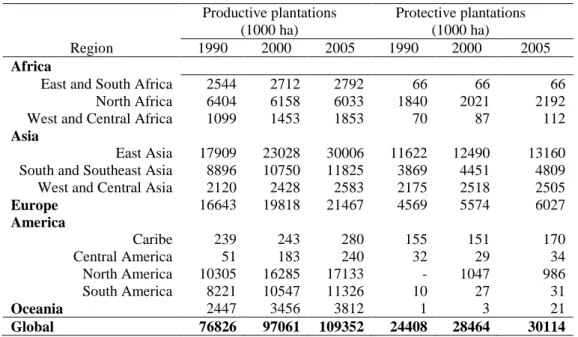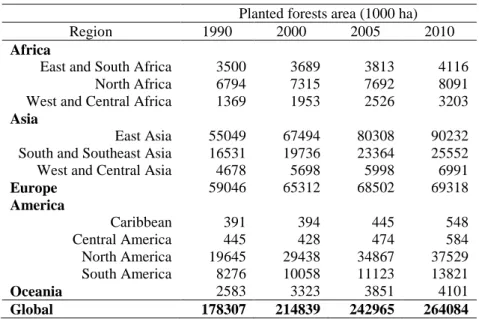Forest carbon sequestration:the impact of forest management
Texto completo
Figure
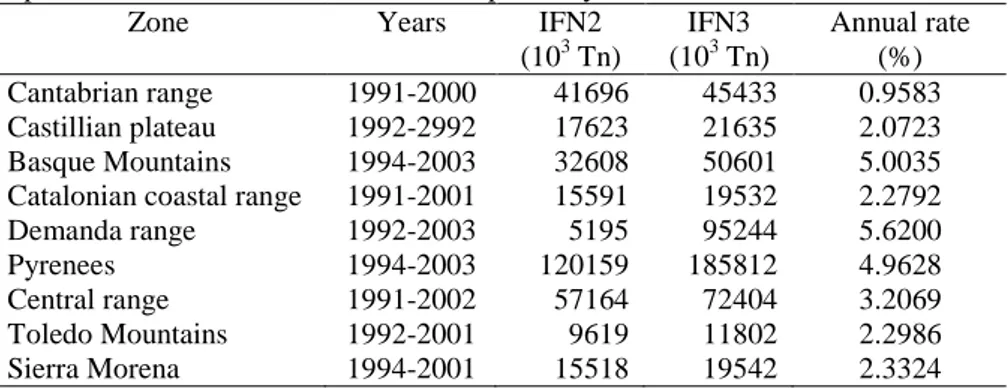
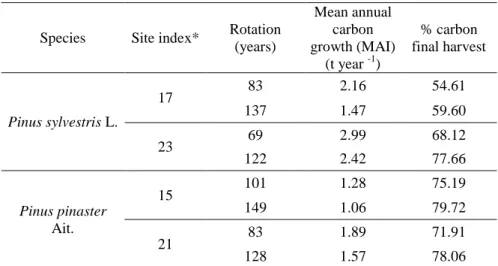
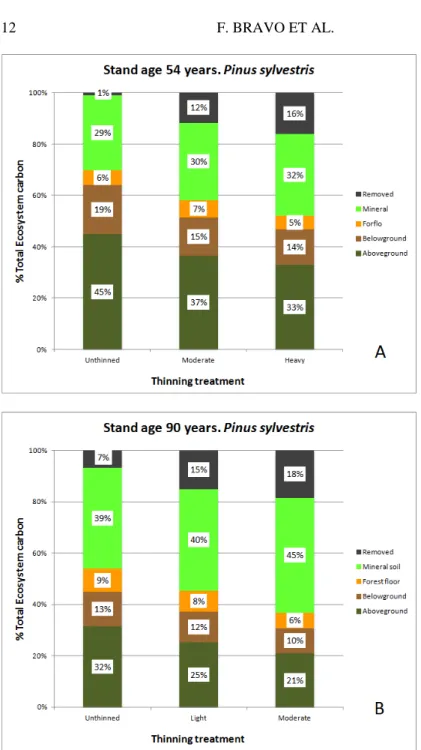
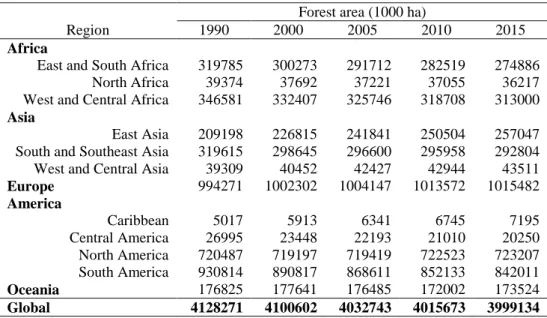
Documento similar
Exploitation from forestry and wood harvesting, increased frequency of forest fires, and overall changes in land use (ur- banization, agricultural intensification, and
aerial captures, understory height, litter biomass, stream distance and the type of land 295. uses surrounding the focal forest patches individually explained substantial variation in
This divide between extractivism and cultivation of NTFPs reflected the important dichotomy that characterizes forest management more generally, namely between natural
VOL: Harvest volume (10 3 m 3 ), NPV: Net Present Value (10 3 €), H: Even flow harvest volume deviation (10 3 m 3 ), F: Forest ending inventory deviation (10 3 m 3 ), A: Area
The interaction effects of soil type, altitude, and type of forest stand on the total soil organic carbon stock were confirmed by the general linear model (GLM) analysis (Table
Having Mexico such an important forest land under collective management and being COMET-LA a research project which intends to create a participatory learning arena, the
scleroxylon, one of the most valuable and fragile timber species from the Chiquitano forest in Santa Cruz de la Sierra, Bolivia, (ii) to quantify the changes in
Since forest variables (forest productivity and for- est biomass) and abiotic factors (climate variables, soil texture and nu- trients, and soil topography) were only calculated at
